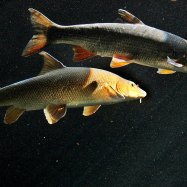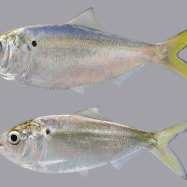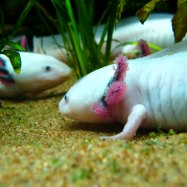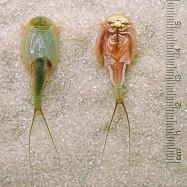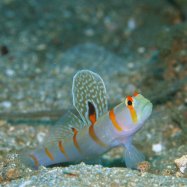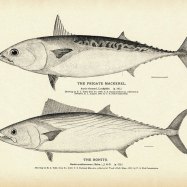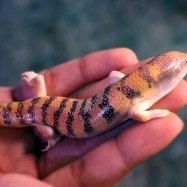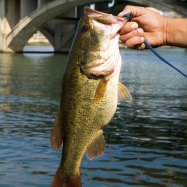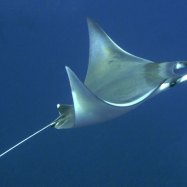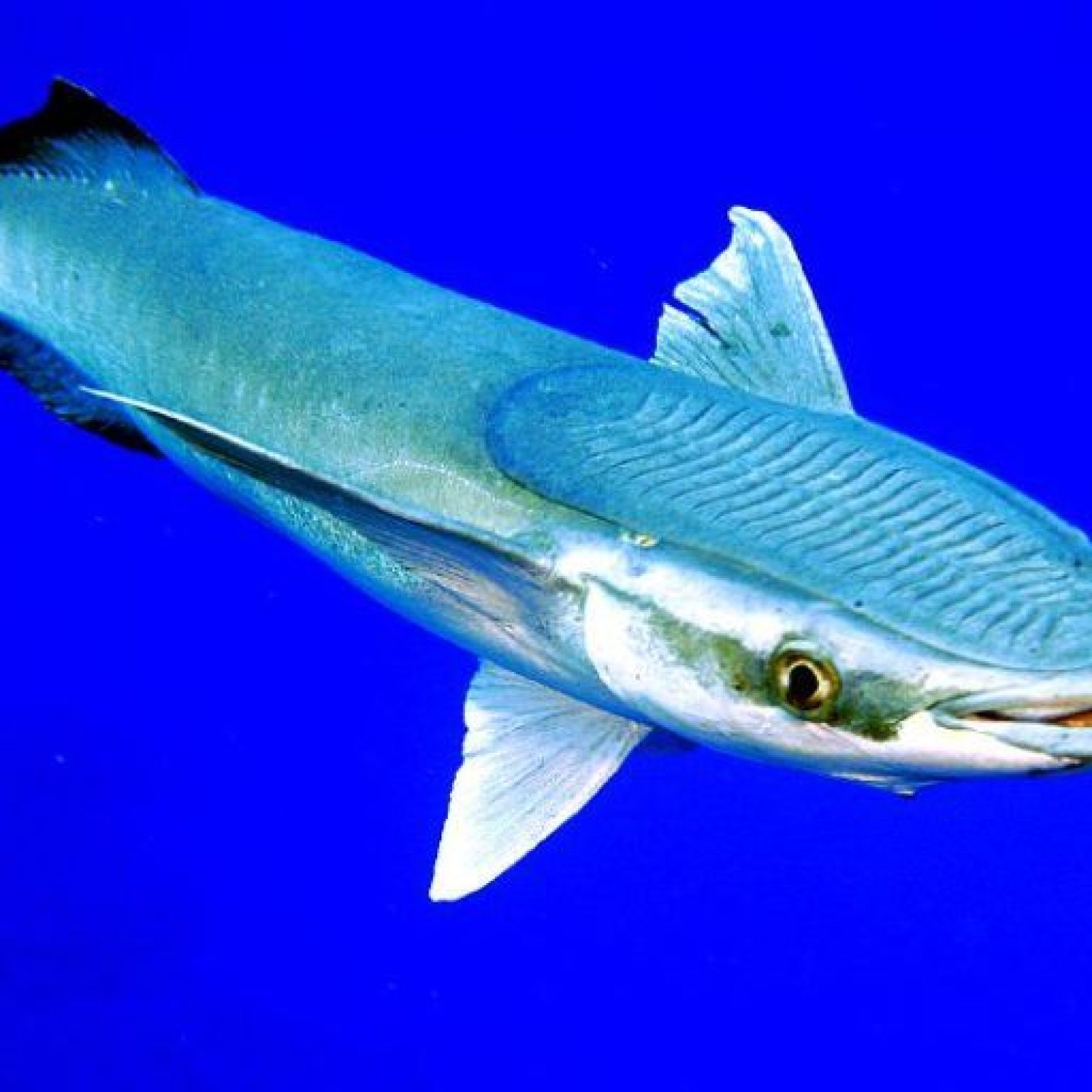
Sharksucker
Sharksuckers do not have a defined migration pattern. They move in response to the movement of their hosts.
Discover the elusive sharksucker fish, known for its unique relationship with ocean giants. With no defined migration pattern and limited research on their age and reproductive behavior, these fascinating creatures can be found in coastal areas of the United States, Mexico, Brazil, and more. Learn more about this mysterious fish and its role in the marine ecosystem.
Summary of Fish Details:
Common Name: Sharksucker
Habitat: Sharksuckers are found in warm tropical waters and are often associated with sharks, hence their name. They are commonly found in coral reefs, rocky areas, and shipwrecks.
Color: Sharksuckers have a greyish-brown body with a lighter belly. Some individuals also have darker markings on their body.
Sharksucker: The Ultimate Ocean Partner
The ocean is a vast and mysterious world, filled with creatures and species that continue to captivate and intrigue us. Among these remarkable creatures is the Sharksucker, scientifically known as Echeneis naucrates. Its common name may lead you to believe that it is a predator, but don't let its name fool you. In fact, the Sharksucker is not a shark at all; it is a fish that has a symbiotic relationship with larger marine creatures, such as sharks, rays, and turtles Sharksucker.Sharksuckers are found in warm tropical waters, often associated with their namesake - sharks. They can be found in coral reefs, rocky areas, and even shipwrecks. With their widespread distribution, they can be found in the tropical and subtropical waters of the Atlantic, Pacific, and Indian Oceans, making them a common sight in coastal areas of countries such as the United States, Mexico, Brazil, Australia, Indonesia, and South Africa.
One of the most fascinating things about Sharksuckers is their feeding method. These fish have a specialized dorsal fin that is modified into a suction cup-like structure, allowing them to attach themselves to their hosts. They feed on the scraps and parasites on their host's body, providing a cleaning service to their larger partners. Imagine having a personal cleaner attached to you at all times! This unique relationship not only benefits the Sharksuckers but also their hosts, allowing them to get rid of unwanted parasites and dead skin that could harm them.
The Sharksucker's suction cup-like structure is also its defining feature, giving it its scientific name - Echeneis, meaning "meaning holder by force." This structure is made up of bony plates and thick connective tissue, allowing them to attach firmly to their host's body without slipping off Sauger. It is also why it is nearly impossible to remove a Sharksucker by hand once it has attached itself.
As for its appearance, Sharksuckers have a slender and elongated body with a flat and elongated head. They have a flattened disk-like structure on their dorsal fin, which serves as a suction cup. Their body is typically greyish-brown with a lighter belly, but some individuals may have darker markings on their body. They can grow up to 30 to 60 cm (12 to 24 inches) in length, with the average adult size being around 30 cm (12 inches). However, there have been some recorded sightings of Sharksuckers reaching up to 120 cm (48 inches) in length, making them one of the larger fish in the ocean.
The age of Sharksuckers is not well-studied, but based on their close relationship with their hosts, it is believed that they have a similar lifespan. Sharksuckers are oviparous, meaning they reproduce by laying eggs. However, their reproductive behavior is not well-documented, and there is still much to learn about their mating habits.
Another interesting fact about Sharksuckers is their migration patterns. Unlike other marine creatures that have a defined migration pattern, Sharksuckers follow the movement of their host species. For example, when their shark host migrates to warmer waters, they will also follow suit. This behavior allows them to stay close to their hosts and continue their symbiotic relationship.
The Sharksucker's unique feeding method and appearance have led to various misconceptions and myths surrounding these fish. However, they are not dangerous to humans and are generally peaceful creatures. They are often caught unintentionally by fishermen, but due to their small size and relatively unknown taste, they are usually thrown back into the water.
In ancient times, it was believed that Sharksuckers had the ability to stop ships by attaching themselves to them, hence their name. However, this theory has been debunked, and these fish are more of a loyal companion to their host species rather than a danger to ships.
In recent years, there has been a decline in the Sharksucker population due to overfishing and habitat destruction. As they rely on their host species for food and shelter, any disturbance or harm to their hosts can have a significant impact on their survival. It is important to protect and preserve the ocean's ecosystem, not just for the Sharksuckers but for all marine creatures.
In conclusion, the Sharksucker is an extraordinary and fascinating fish that has formed a unique and symbiotic relationship with larger marine creatures. Its ability to attach itself to its hosts, its specialized dorsal fin, and its widespread distribution make it a truly remarkable species. So, the next time you see a shark or a turtle in the ocean, keep an eye out for its loyal companion - the Sharksucker. They may be tiny, but they play a significant role in maintaining the balance of our ocean's ecosystem.

Sharksucker
Fish Details Sharksucker - Scientific Name: Echeneis naucrates
- Category: Fish S
- Scientific Name: Echeneis naucrates
- Common Name: Sharksucker
- Habitat: Sharksuckers are found in warm tropical waters and are often associated with sharks, hence their name. They are commonly found in coral reefs, rocky areas, and shipwrecks.
- Feeding Habitat: Sharksuckers are primarily found attached to larger marine creatures, such as sharks, rays, and turtles. They feed on the scraps and parasites on their host's body.
- Feeding Method: Sharksuckers have a specialized dorsal fin modified into a suction cup-like structure, which allows them to attach themselves to their hosts. They feed by scraping off parasites, dead skin, and other debris from the host's body.
- Geographic Distribution: Sharksuckers have a widespread distribution and can be found in the tropical and subtropical waters of the Atlantic, Pacific, and Indian Oceans.
- Country Of Origin: They can be found in coastal areas of countries such as the United States, Mexico, Brazil, Australia, Indonesia, and South Africa.
- Color: Sharksuckers have a greyish-brown body with a lighter belly. Some individuals also have darker markings on their body.
- Body Shape: Sharksuckers have a slender and elongated body with a flat and elongated head. They have a flattened disk-like structure on their dorsal fin, which serves as a suction cup.
- Length: Sharksuckers can grow up to 30 to 60 cm (12 to 24 inches) in length.
- Adult Size: The average adult size of a Sharksucker is around 30 cm (12 inches).
- Age: The age of sharksuckers is not well-studied, but they are believed to have a lifespan similar to that of their host species.
- Reproduction: Sharksuckers are oviparous, meaning they reproduce by laying eggs.
- Reproduction Behavior: The reproductive behavior of sharksuckers is not well-documented.
- Migration Pattern: Sharksuckers do not have a defined migration pattern. They move in response to the movement of their hosts.
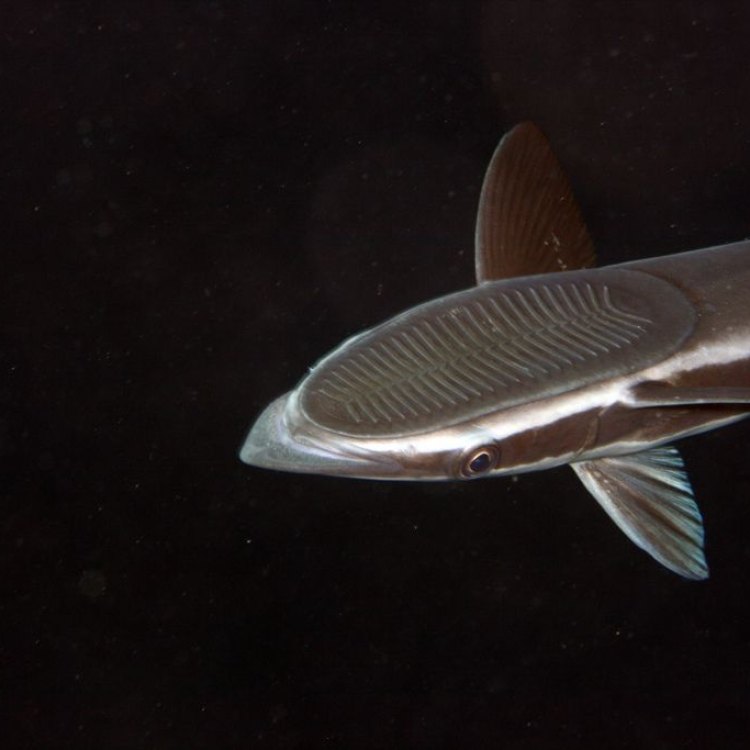
Sharksucker
- Social Group: Sharksuckers are usually solitary creatures, but they can sometimes be found in small groups or pairs.
- Behavior: Sharksuckers are known for their unique behavior of attaching themselves to larger marine creatures. They have a strong suction cup-like structure on their dorsal fin, which allows them to stay attached to their hosts for extended periods of time.
- Diet: Sharksuckers primarily feed on parasites, dead skin, and other debris from their host's body. They also consume small crustaceans and fish that are attracted to their host.
- Predators: The primary predators of sharksuckers are larger predatory fish and marine mammals.
- Prey: Sharksuckers prey on parasites, dead skin, and other debris from their host's body. They also consume small crustaceans and fish that are attracted to their host.
- Environmental Threats: Sharksuckers are not considered to be directly threatened by human activities. However, they may be indirectly affected by habitat destruction and degradation.
- Conservation Status: The conservation status of sharksuckers is not well-known. They are not specifically targeted by fisheries and are not considered to be commercially important.
- Special Features: The most distinctive feature of sharksuckers is their suction cup-like structure on the dorsal fin. This adaptation allows them to attach themselves to larger marine creatures and feed off parasites and debris on their host's body.
- Interesting Facts: 1. Sharksuckers form a mutualistic relationship with their hosts, as they benefit by obtaining food and the host gets rid of parasites.
2. They have been observed attached to a wide range of hosts, including sharks, rays, turtles, and even ships.
3. Sharksuckers have been known to travel long distances attached to their hosts.
4. Despite their name, sharksuckers do not actually suck blood from their hosts.
5. Their ability to attach to hosts is so strong that they can sometimes make it difficult for hosts to move or swim efficiently. - Reproduction Period: The reproduction period of sharksuckers is not well-documented.
- Nesting Habit: Sharksuckers do not build nests as they are not nesting species.
- Lifespan: The lifespan of sharksuckers is not well-known, but they are believed to have a lifespan similar to that of their host species.
- Habitat Threats: The habitat of sharksuckers may be threatened by habitat destruction and degradation, pollution, and overfishing.
- Population Trends: The population trends of sharksuckers are not well-studied.
- Habitats Affected: Sharksuckers are associated with coral reefs, rocky areas, and shipwrecks. The destruction and degradation of these habitats can have an impact on their populations.
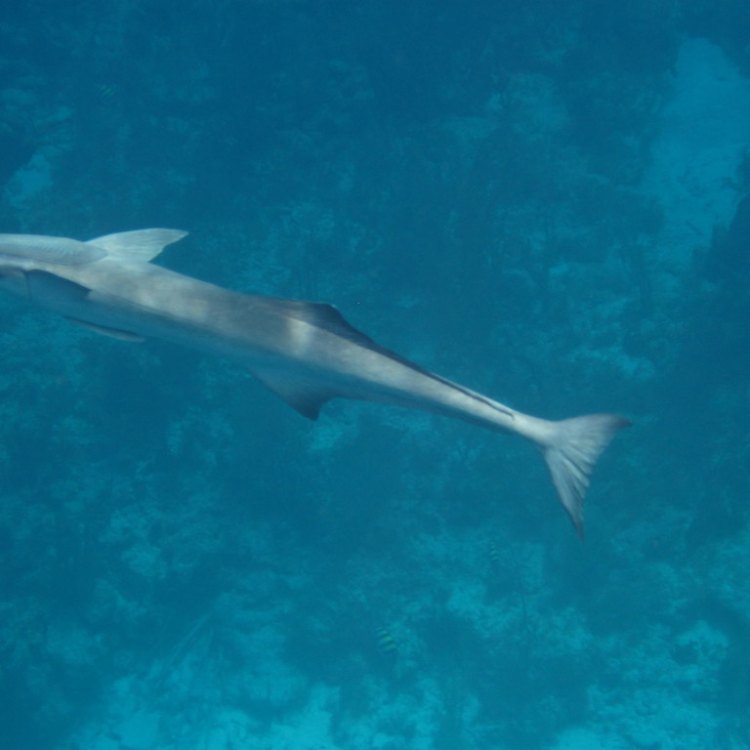
Echeneis naucrates
The Fascinating World of Sharksuckers: A Unique Marine Creature
When most people think of sharks, they imagine fierce and powerful predators lurking in the ocean. However, not all sharks are voracious hunters. Some are actually quite docile and have unique behaviors that make them stand out from other marine creatures. One such example is the sharksucker, a small fish that has captured the attention of marine enthusiasts and scientists alike RadioDouRosul.com.Sharksuckers, also known as remoras, belong to the Echeneidae family and have about ten different species. They can be found in tropical and subtropical oceans around the world, often attached to larger marine creatures such as sharks, rays, and turtles. These fish have a distinct appearance, with a flattened body and a suction cup-like structure on their head that allows them to attach to their hosts. In this article, we will delve deeper into the unique features of the sharksucker, its behavior, diet, predators, and more.
Social Group and Behavior
Contrary to popular belief, sharksuckers are not asocial creatures. They are usually solitary, but they can sometimes be found in small groups or pairs. These solitary habits are believed to be for two reasons. Firstly, they do not need to be in a large group to hunt for food. And secondly, attaching to large, solitary creatures such as sharks or rays provides them with enough protection from predators Snake Mackerel.As mentioned earlier, the most prominent behavior of sharksuckers is their unique way of attaching themselves to larger marine creatures. They have a flat, oval-shaped structure on their dorsal fin, which acts as a suction cup. This structure is formed by a modified dorsal fin ray, and it is incredibly strong, allowing them to attach to larger animals for extended periods of time. This behavior is known as commensalism, where one organism benefits from another without causing harm to the other.
If the host is swimming, the sharksucker will also swim alongside it, attached to its side. They have been observed to travel long distances attached to their hosts, sometimes even catching a ride on ships. This behavior also allows them to reach food sources that they cannot access on their own. However, they do not always stay attached to their hosts. When they are not feeding, sharksuckers detach and swim independently, often with their mouths open to catch drifting prey.
Diet and Prey
Sharksuckers are opportunistic feeders, and their diet includes a variety of food sources. They mainly feed on parasites, dead skin, and other debris from their host's body, which is why they are often known as "cleaners" of the sea. They also consume small crustaceans and fish that are attracted to their host. This unique diet helps their host to stay clean and healthy, and in return, the sharksucker gets a free meal.Interestingly, sharksuckers have been observed to follow their hosts to a cleaning station, where other fish and even marine mammals gather to have their skin cleaned by small cleaner fish. This allows the sharksucker to feed on a wider variety of food sources, and it also benefits the other creatures in the area by keeping them clean.
Predators and Environmental Threats
Like most marine creatures, sharksuckers also have predators. The primary predators of sharksuckers are larger predatory fish and marine mammals. Sharks, in particular, are known to prey on these small fish. However, the sharksucker's unique way of attaching to its host provides it with protection from these predators, making it difficult for them to catch it.Unlike many other marine animals, sharksuckers are not considered to be directly threatened by human activities. However, they may be indirectly affected by habitat destruction and degradation. Like many other marine animals, they rely on healthy ocean environments to thrive. Pollution and overfishing can harm their habitat and indirectly affect their populations.
Conservation Status and Special Features
The conservation status of sharksuckers is not well-known. They are not specifically targeted by fisheries and are not considered to be commercially important. However, since their population trends are not well-studied, it is essential to continue monitoring their numbers and ensure their habitat remains healthy for their survival.One of the most distinctive features of sharksuckers is their suction cup-like structure on the dorsal fin. This adaptation allows them to attach themselves to larger marine creatures and feed off parasites and debris on their host's body. It is a remarkable adaptation that has contributed to their survival for thousands of years.
Interesting Facts
Now that we have explored the unique features and behavior of sharksuckers, here are some fascinating and lesser-known facts about these marine creatures:1. Sharksuckers form a mutualistic relationship with their hosts, as they benefit by obtaining food and the host gets rid of parasites. This relationship is beneficial for both parties and has been observed for centuries.
2. They have been observed attached to a wide range of hosts, including sharks, rays, turtles, and even ships. This behavior demonstrates their adaptability and their ability to survive in different environments.
3. Sharksuckers have been known to travel long distances attached to their hosts. In fact, a study showed that a sharksucker was attached to a tiger shark for over 15,000 miles in seven months.
4. Despite their name, sharksuckers do not actually suck blood from their hosts. This myth is often perpetuated by popular culture, but in reality, sharksuckers only feed on parasites and dead skin.
5. Their ability to attach to hosts is so strong that they can sometimes make it difficult for hosts to move or swim efficiently. This can have an impact on the host's energy levels and may affect their overall health.
Reproduction, Nesting Habit, and Lifespan
The reproduction period of sharksuckers is not well-documented. However, it is believed that they reproduce with external fertilization, where the female releases eggs, and the male fertilizes them with its sperm. After fertilization, the female carries the eggs until they hatch in the open ocean.Unlike many other fish species, sharksuckers do not build nests as they are not nesting species. The female will carry and guard the eggs until they hatch, but they do not require a specific structure for this process.
The lifespan of sharksuckers is not well-known, but they are believed to have a similar lifespan to that of their host species. Some species of sharksuckers have been observed to live up to 30 years, but this also depends on factors such as predation and the health of their habitat.
Threats to Habitat and Population
Sharksuckers are associated with coral reefs, rocky areas, and shipwrecks, where they can find a variety of food sources and attach themselves to larger marine creatures. The destruction and degradation of these habitats can have an impact on their populations. Coral reef destruction, in particular, is a significant threat to sharksuckers as they rely on this habitat for food and shelter.The population trends of sharksuckers are not well-studied. However, like many other marine creatures, they are vulnerable to habitat destruction, overfishing, and pollution. To ensure their survival, it is crucial to monitor their numbers and take measures to protect their habitats.
In Conclusion
Sharksuckers are truly fascinating creatures that have captured the interest of marine enthusiasts and scientists. From their unique behavior of attaching themselves to larger marine creatures to their mutualistic relationship with their hosts, these small fish have many interesting features to explore. While their conservation status is not well-known, it is essential to continue studying and protecting these creatures to ensure their survival for generations to come. With their strong suction cup-like structure and adaptability, the sharksucker is an incredible example of nature's ability to thrive and survive in the ocean's depths.
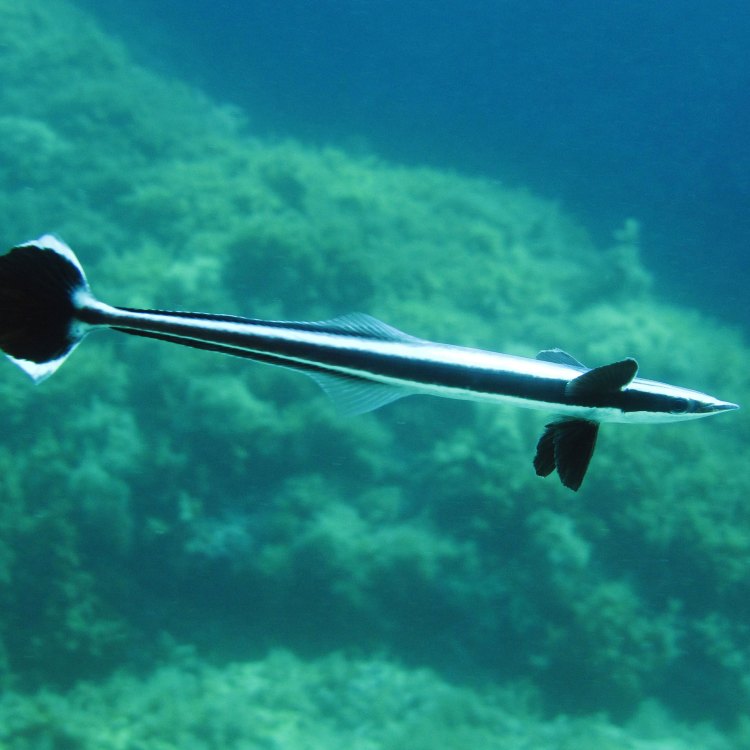
Sharksucker: The Ultimate Ocean Partner
Disclaimer: The content provided is for informational purposes only. We cannot guarantee the accuracy of the information on this page 100%. All information provided here may change without prior notice.

